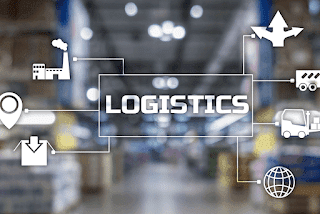Logistics Optimization 101: Streamline Operations for Maximum Efficiency
In the fast-paced world of logistics, efficiency is the key to success. The ability to streamline operations, reduce costs, and deliver goods faster is crucial for staying competitive. In this article, we will explore essential techniques to increase efficiency in the logistics industry.
1. Embrace Data-Driven Decision Making: Data is the backbone of logistics optimization. By leveraging advanced analytics and real-time data, companies can gain valuable insights into their operations. Utilize data to identify bottlenecks, track performance metrics, and make informed decisions about routes, demand fluctuations, and streamline inventory management, enhancing overall efficiency.
2. Implement Robust Supply Chain Management: Establish seamless collaboration with suppliers, manufacturers, and distributors to ensure timely deliveries and minimize disruptions. Embrace technologies like blockchain to enhance transparency, traceability, and security throughout the supply chain.
3. Optimize Route Planning and Delivery: Leverage advanced routing software and algorithms to determine the most efficient paths, considering factors like traffic, weather, and delivery deadlines. Utilize real-time tracking and GPS technologies to monitor shipments, enabling proactive adjustments and improving customer satisfaction. Optimized routes not only reduce fuel consumption and transportation costs but also ensure timely deliveries.
4. Embrace Warehouse Automation: Implement robotics, conveyor systems, and automated sorting processes to increase operational speed and accuracy. Warehouse management systems (WMS) integrated with barcoding and RFID technologies can optimize inventory management, minimize errors, and improve order fulfillment.
5. Foster Collaboration and Communication: Efficient logistics operations rely on effective collaboration and communication among all stakeholders. Embrace cloud- based platforms and collaboration tools to facilitate real-time information sharing. Improve visibility and coordination by connecting suppliers, distributors, and customers through integrated systems.
6. Continuous Improvement and Adaptability: Efficiency in logistics is an ongoing journey. Embrace a culture of continuous improvement and encourage innovation within the organization. Regularly assess operations, identify areas for enhancement, and implement iterative changes. Stay current of emerging technologies and industry trends to adapt to evolving customer demands and market dynamics.
By leveraging these strategies, logistics providers can reduce costs, enhance customer satisfaction, and gain a competitive edge in the dynamic and demanding logistics industry.






Comments
Post a Comment